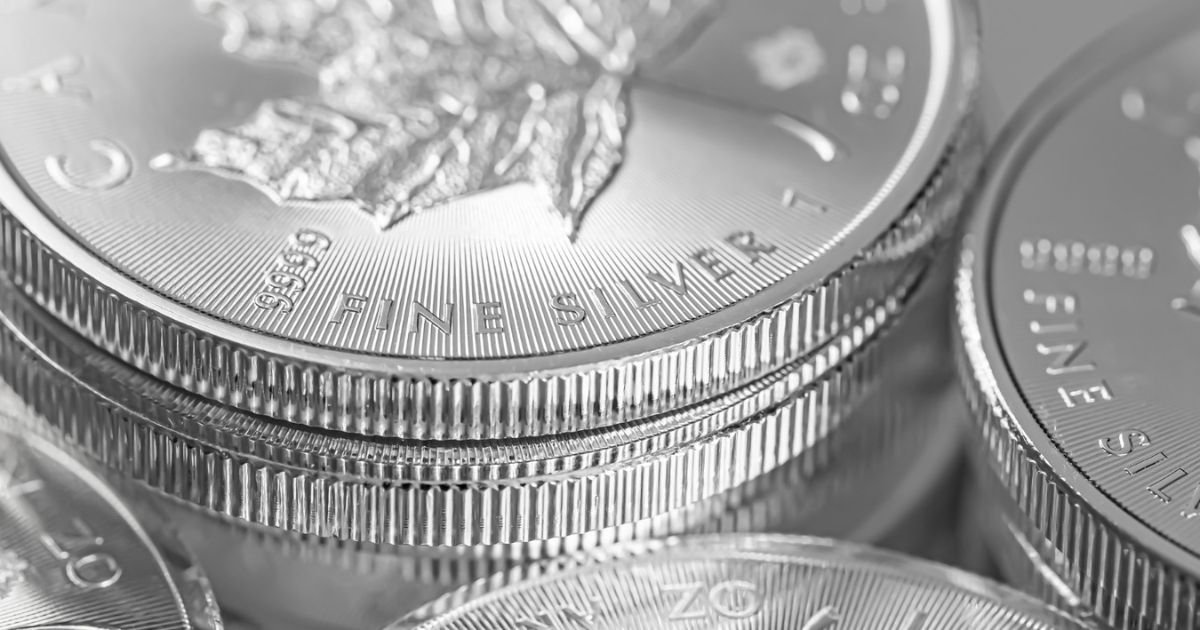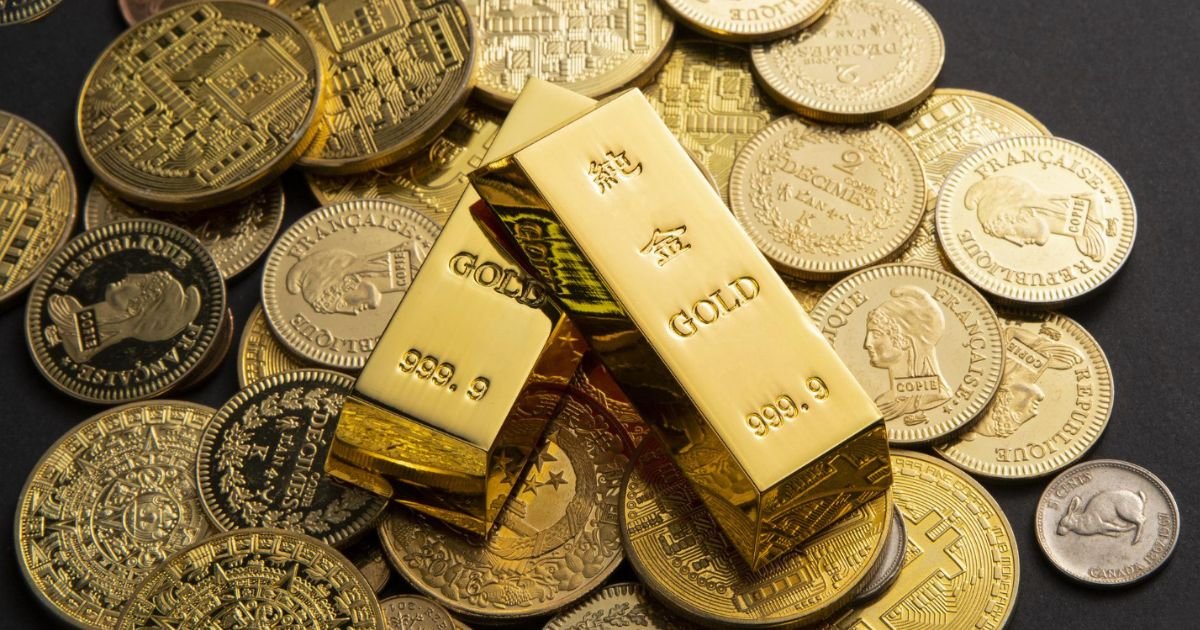How to invest in Gold and Silver for beginners in 2024? Investing in gold and silver has been a popular choice for centuries. Both metals are considered safe assets, especially during times of economic uncertainty. For beginners, understanding how to invest in these precious metals can seem daunting, but it doesn’t have to be. This guide will help you understand how to invest in gold and silver and explain different ways to get started.
Why Invest in Gold and Silver?
Gold and silver have been used as stores of value for thousands of years. Their value does not depend on a country’s economy or stock market performance. This makes them reliable investments during periods of inflation, currency depreciation, or market crashes.
Here are a few reasons why people invest in gold and silver:
- Hedge Against Inflation: Gold and silver prices typically rise when inflation increases.
- Diversification: They provide a balance to portfolios that are heavily invested in stocks or bonds.
- Safe Haven: In times of political or economic instability, precious metals hold their value better than other assets.
Different Ways to Invest in Gold and Silver
There are several methods for investing in gold and silver. Depending on your goals and risk tolerance, you can choose the method that best fits your needs.
| Method | Description |
|---|---|
| Physical Bullion | Buying actual gold and silver in the form of bars, coins, or jewelry. |
| ETFs | Exchange-traded funds that track the price of gold and silver without owning the metal. |
| Mining Stocks | Investing in companies that mine for gold and silver. |
| Mutual Funds | Funds that invest in a variety of precious metal-related assets. |
| Futures Contracts | Agreements to buy or sell gold or silver at a set price in the future. |

1. Physical Bullion
Physical bullion refers to the actual gold or silver that you can touch and hold. It comes in the form of bars or coins and is often stored in a vault or safe. Buying bullion is the most straightforward method of investing in precious metals.
Pros:
- You own the actual metal.
- No counterparty risk (risk of default by another party).
Cons:
- Storage can be expensive and complicated.
- Liquidity can be lower than other investments.
When buying physical bullion, it’s important to buy from reputable dealers. Look for bars and coins with high purity (usually .999) for better investment value.
2. Exchange-Traded Funds (ETFs)
Gold and silver ETFs are a popular way to invest in precious metals without having to store the physical assets. These funds track the price of gold or silver and can be easily traded on stock exchanges.
Pros:
- Easy to buy and sell.
- No need to worry about storage.
- Lower transaction fees compared to buying physical metals.
Cons:
- You don’t own the physical metal.
- Some ETFs may have management fees.
3. Mining Stocks
Another way to invest in gold and silver is through mining stocks. These are shares of companies that mine for these precious metals. The value of these stocks is closely tied to the price of gold and silver, but they can also be influenced by the company’s performance.
Pros:
- Potential for higher returns if the company does well.
- You can diversify by investing in multiple companies.
Cons:
- Company-specific risks (poor management, labor strikes, etc.).
- Stock market volatility can affect your investment.
4. Mutual Funds
Mutual funds that focus on precious metals give you exposure to a variety of assets, including physical bullion, mining stocks, and other related investments. These funds are managed by professionals who decide where to allocate the assets.
Pros:
- Professional management.
- Diversification across different types of investments.
Cons:
- Management fees can be high.
- You don’t directly own any gold or silver.
5. Futures Contracts
Futures contracts allow you to buy or sell gold or silver at a set price on a future date. This method is mostly used by experienced investors and can involve a high degree of risk.
Pros:
- Can potentially provide large returns.
- Good for short-term speculation.
Cons:
- High risk of losing money.
- Requires knowledge of the futures market.

Tips for Beginners: How to Invest in Gold and Silver for Beginners
- Start Small: When you are new to investing in gold and silver, start with a small amount. This will help you understand how the market works without taking on too much risk.
- Diversify Your Portfolio: Don’t put all your money into one type of investment. It’s better to spread your investments across different types of assets, such as physical bullion and ETFs.
- Watch the Market: Gold and silver prices can fluctuate. Keep an eye on the market to buy when prices are low and sell when they are high.
- Understand the Costs: When buying physical bullion, you will need to factor in the cost of storage and insurance. For ETFs and mutual funds, management fees can reduce your overall return.
- Have a Long-Term View: Investing in gold and silver is usually seen as a long-term investment. Don’t expect immediate returns; instead, view it as a way to preserve wealth over time.
Where to Buy Gold and Silver
| Method | Where to Buy |
|---|---|
| Physical Bullion | Reputable dealers, mints, or online bullion shops like APMEX or JM Bullion. |
| ETFs | Online brokerage platforms like E*TRADE, Fidelity, or TD Ameritrade. |
| Mining Stocks | Stock exchanges through your brokerage account. |
| Mutual Funds | Mutual fund companies or brokerage platforms. |
| Futures Contracts | Futures exchanges through a broker, such as CME Group. |
Risks of Investing in Gold and Silver
Like any investment, there are risks associated with gold and silver. Prices can fluctuate due to market demand, economic factors, or geopolitical events. Physical bullion also comes with risks like theft or loss if not stored properly. Additionally, some forms of investing, like futures contracts, carry a higher risk of financial loss.
FAQs: How to Invest in Gold and Silver for Beginners
Q1: Is gold a good investment for beginners?
A1. Yes, gold can be a good investment for beginners. It’s a stable asset and provides a hedge against inflation.
Q2: Should I buy physical gold or invest in an ETF?
A2. It depends on your preference. Physical gold gives you ownership of the metal, while ETFs are more convenient and easier to trade.
Q3: Can I lose money investing in silver?
A3. Yes, silver prices can fluctuate. While it’s a safe asset, its value can go down depending on market conditions.
Conclusion
Investing in gold and silver is a smart way to diversify your portfolio and protect your wealth. Beginners can start by exploring different methods such as physical bullion, ETFs, or mining stocks. As with any investment, it’s important to understand the risks and keep a long-term perspective. By following the tips in this guide, you can confidently begin your journey into precious metals investing.
Savita is a passionate finance writer with a strong background in the world of money management and financial planning. With over 4 years of blogging experience, she has been helping readers simplify complex financial topics and make smarter money decisions.

